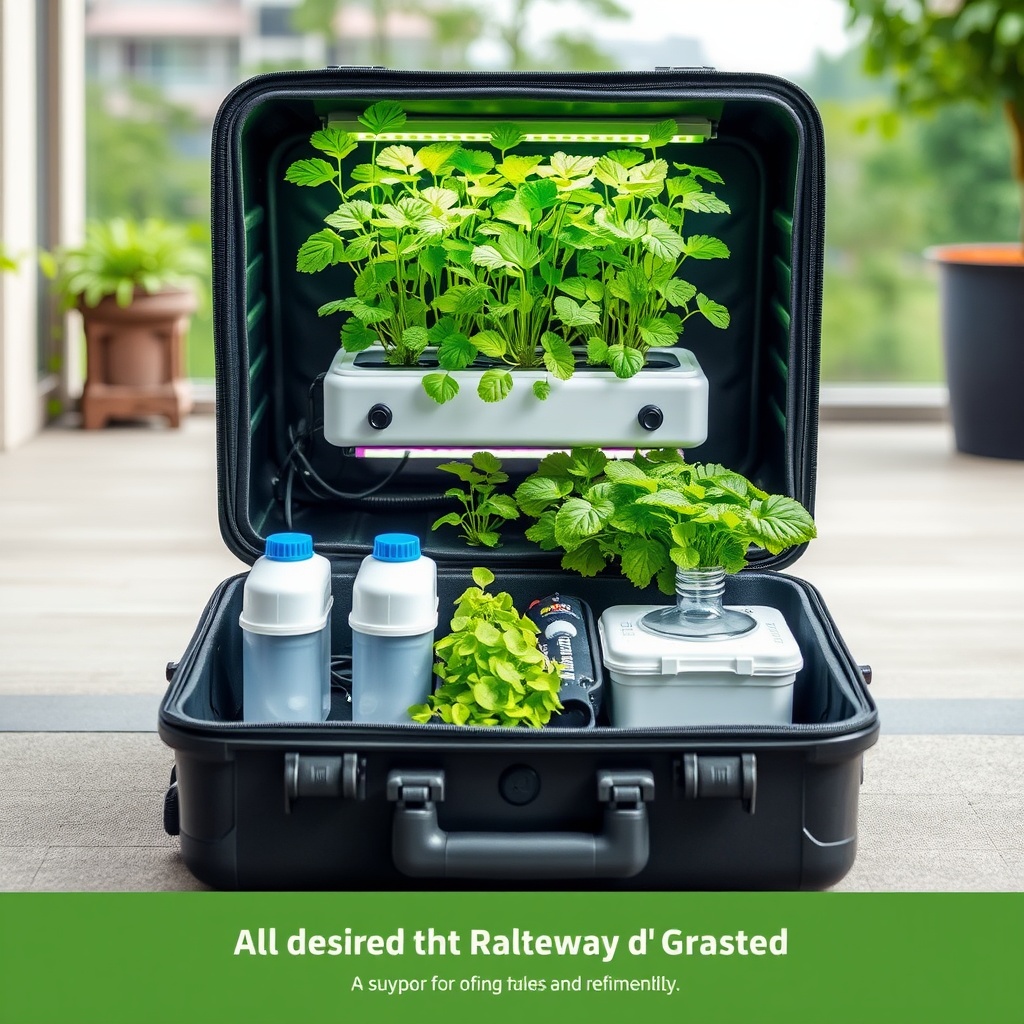The Urban Gardening Revolution
As cities grow taller and more densely populated, the concept of food production within urban environments is becoming increasingly vital. Hydroponic farming presents a solution that not only utilizes limited space but also provides fresh, sustainable produce without the need for traditional soil-based agriculture. Imagine transforming your window into a verdant oasis, where herbs and vegetables thrive while you sip your morning coffee. It’s not just a dream; it’s a growing trend among urban dwellers.
Building Your Hydroponic System
Creating a hydroponic window farm may sound daunting, but with the right steps, it can be an enjoyable project for anyone. First, consider the type of hydroponic system that suits your lifestyle and space. There are several methods to choose from:
- Deep Water Culture (DWC): Plants float on a nutrient-rich water solution.
- Nutrient Film Technique (NFT): A thin film of nutrient solution flows over the roots.
- Wicking System: Uses capillary action to draw nutrients to the plants.
- Vertical Hydroponics: Maximizes space by stacking systems vertically.
Each method has its own advantages and challenges, so choose based on your available sunlight, water access, and the types of plants you wish to grow. For beginners, the wicking system is a great entry point, as it requires minimal setup and maintenance.
Choosing the Right Plants
When selecting plants for your hydroponic window farm, consider those that thrive in smaller spaces and can adapt to indoor conditions. Leafy greens such as lettuce, spinach, and kale are excellent choices for beginners due to their fast growth rates and minimal requirements. Herbs like basil, mint, and cilantro also flourish in hydroponic systems and can add vibrant flavors to your culinary creations. Remember, the key to a successful hydroponic garden is ensuring your chosen plants receive adequate light, nutrients, and care.




